Scientists working on-board the International Space Station have created what they describe as the fifth state of matter, a state referred to as the ‘Bose-Einstein condensate’, initially theorized by Albert Einstein and Satyendra Nath Bose in the 1920s.
Category: space – Page 809
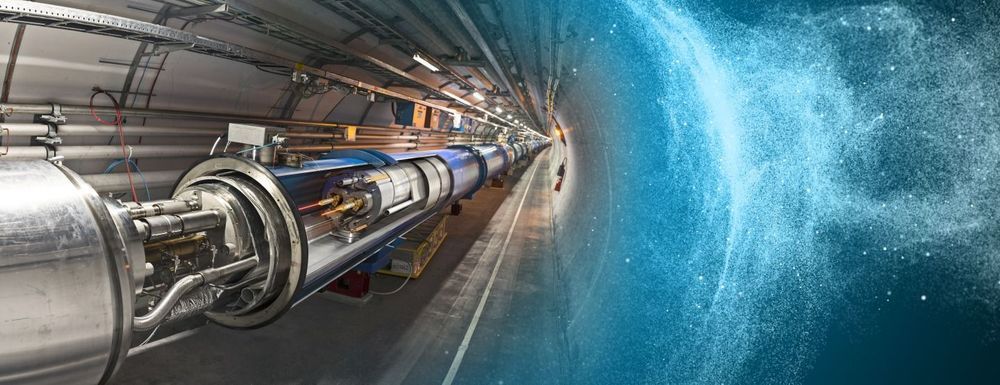
Large Hadron Collider: 10 years of pushing the frontiers of physics
On September 10, 2008, CERN’s Large Hadron Collider (LHC) fired up for the very first time. In the decade since, the world’s largest and most powerful particle accelerator has been responsible for some of the most important breakthroughs in scientific history, most notably the discovery of the Higgs boson in 2013. New Atlas is celebrating the 10-year anniversary with a look back at the LHC’s achievements and, with a massive new upgrade in the works, what physics puzzles it could help piece together in the future.
Not only is the Large Hadron Collider the world’s largest particle accelerator, it’s the world’s largest machine, full-stop. That’s thanks to a 27-km-long (16.7-mi) ring of pipes that house the particle beams, along with thousands of powerful magnets and an advanced cooling system of liquid helium.
The ring is made up of two separate tubes, with high-energy particle beams circling in opposite directions. Superconducting electromagnets accelerate the particles almost to the speed of light, and for those to work they need to be kept extremely cold: −271.3° C (−456.3° F) to be exact, which is colder than outer space. That’s where the liquid helium comes in, chosen because it’s the only known element to remain in a liquid form at such low temperatures.
Recovering the Lost Apollo 10 LM Software
Mike Stewart was able to recover the previously lost Apollo 10 LM software, as flown (also known as Luminary 69 Rev 2). He shows us how he did it, which, fair warning, is a pretty technical hack. And contrary to (yet another) internet myth, the flown software would have been perfectly capable of landing Apollo 10 on the Moon.
T-Shirt, Hoodie, Sticker and Mug with the “It Lands We Checked” logo:
Shirt: https://teespring.com/it-lands-we-checked?pid=211
Hoodie: https://teespring.com/it-lands-we-checked?pid=227
Sticker: https://teespring.com/it-lands-we-checked?pid=794
Mug: https://teespring.com/it-lands-we-checked?pid=658
The scan of the Luminary 69 listing available here:
https://archive.org/details/luminary6900miti/mode/2up
The recovered source code is here:
https://github.com/virtualagc/virtualagc/tree/master/LUM69R2
Video of Niklas landing Apollo 10 with the recovered code in NASSP:
Full list of recovered Apollo software and compilers:
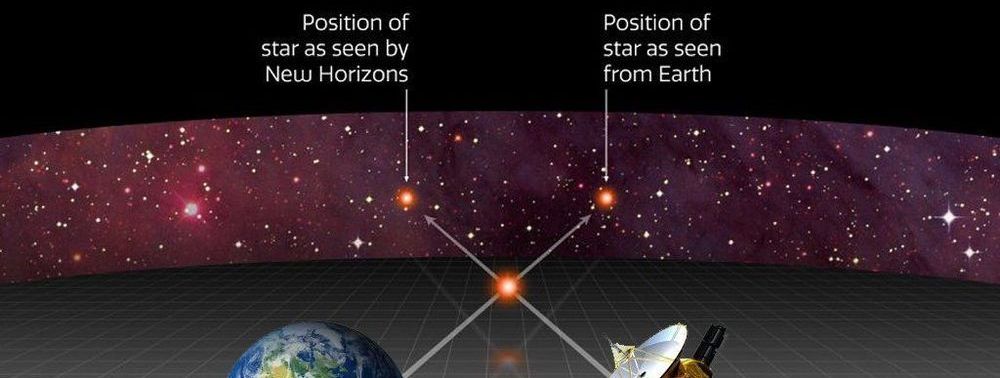
New Horizons Is So Far From Earth, It Shows Us How Stars Look Different Out There
In July 2015, the New Horizons spacecraft made history when it became the first robotic explorer to conduct a flyby of Pluto. This was followed by another first, when the NASA mission conducted the first flyby of a Kuiper Belt Object (KBO) on 31 December 2018 – which has since been named Arrokoth.
Now, on the edge of the Solar System, New Horizons is still yielding some groundbreaking views of the cosmos.
For example, we here on Earth are used to thinking that the positions of the stars are “fixed”. In a sense, they are, since their positions and motions are relatively uniform when seen from our perspective.

Mars Exhibits ‘Green Glow’ in Atmosphere, Just Like Earth
The European Space Agency (ESA) has just announced that its ExoMars Trace Gas Orbiter (TGO) has identified a long-suspected “green glow” around Mars. The green glow is due to the interaction of sunlight with atoms and molecules in Mars’ atmosphere. To date, we’ve only observed the phenomenon around one other planet: Earth. Now, the scientists who’ve discovered the Red Planet’s green glow say it could help us better understand the planet’s atmosphere. And how to land safely on its surface.
Futurism reported on the finding, which was outlined in a paper recently published in the journal, Nature. According to the paper, this discovery marks the first time scientists have observed the “day glow” and “night glow” that generate the “green line” around Earth around Mars. Or any other planet. The discovery also stands as long sought-after confirmatory evidence of predictions regarding the Martian atmosphere, which date back 40 years.
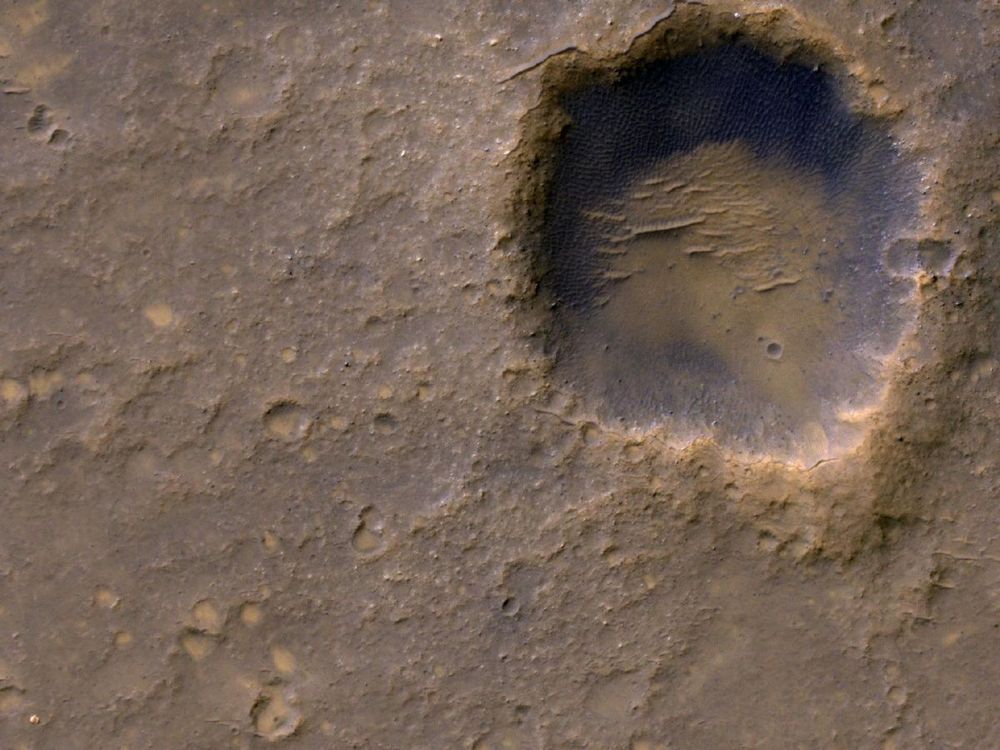
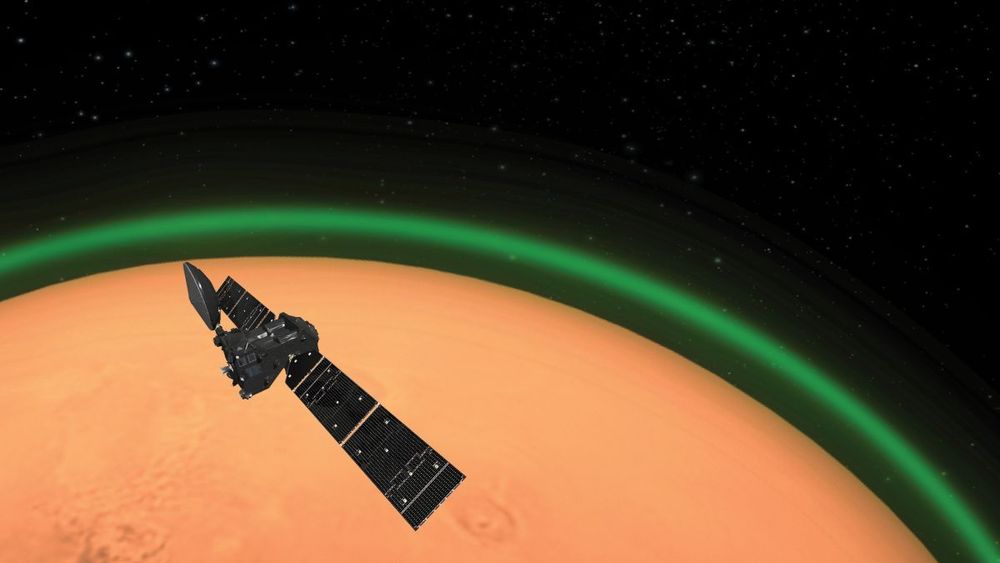
Spacearea52 on Facebook Watch
Map of all the #planets discovered in our #galaxy #milkyway 🌌 Credit : #nasa Spacearea52.

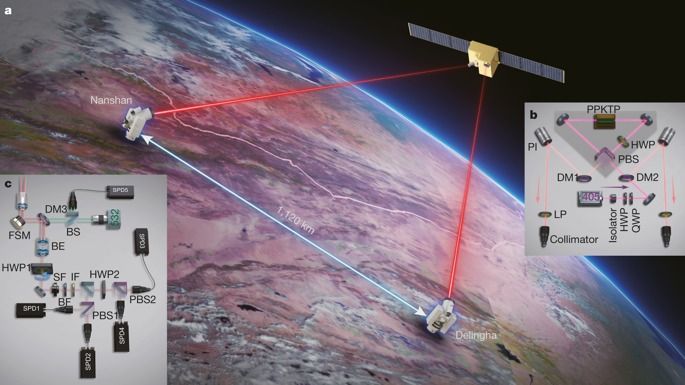
Entanglement-based secure quantum cryptography over 1,120 kilometres
Quantum key distribution (QKD)1,2,3 is a theoretically secure way of sharing secret keys between remote users. It has been demonstrated in a laboratory over a coiled optical fibre up to 404 kilometres long4,5,6,7. In the field, point-to-point QKD has been achieved from a satellite to a ground station up to 1,200 kilometres away8,9,10. However, real-world QKD-based cryptography targets physically separated users on the Earth, for which the maximum distance has been about 100 kilometres11,12. The use of trusted relays can extend these distances from across a typical metropolitan area13,14,15,16 to intercity17 and even intercontinental distances18. However, relays pose security risks, which can be avoided by using entanglement-based QKD, which has inherent source-independent security19,20. Long-distance entanglement distribution can be realized using quantum repeaters21, but the related technology is still immature for practical implementations22. The obvious alternative for extending the range of quantum communication without compromising its security is satellite-based QKD, but so far satellite-based entanglement distribution has not been efficient23 enough to support QKD. Here we demonstrate entanglement-based QKD between two ground stations separated by 1,120 kilometres at a finite secret-key rate of 0.12 bits per second, without the need for trusted relays. Entangled photon pairs were distributed via two bidirectional downlinks from the Micius satellite to two ground observatories in Delingha and Nanshan in China. The development of a high-efficiency telescope and follow-up optics crucially improved the link efficiency. The generated keys are secure for realistic devices, because our ground receivers were carefully designed to guarantee fair sampling and immunity to all known side channels24,25. Our method not only increases the secure distance on the ground tenfold but also increases the practical security of QKD to an unprecedented level.